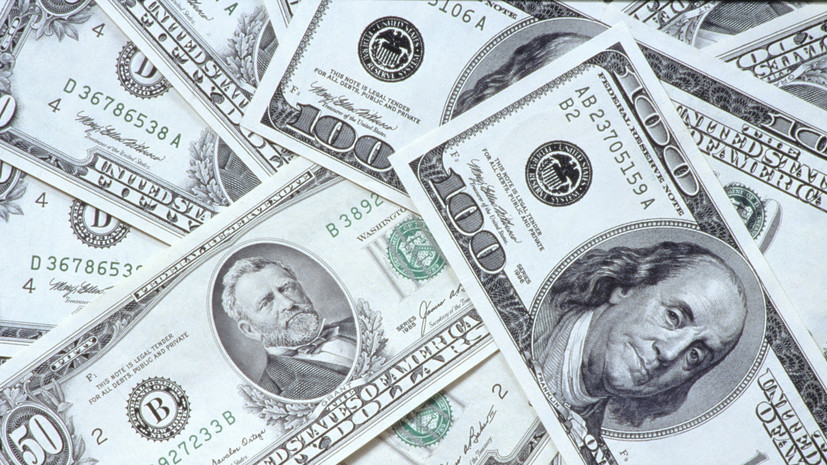On Tuesday, February 14, the Russian currency shows mixed dynamics on the Moscow Exchange.
In the middle of trading, the dollar rose by 0.22% to 73.99 rubles, the euro by 0.76% to 79.67 rubles, and the yuan by 0.46% to 10.85 rubles.
The values reached were the highest since the end of April 2022.
However, after that, the national currency began to strengthen.
So, in the afternoon, the value of the American currency fell to 72.92 rubles, the European one - up to 78.41 rubles, and the Chinese one - up to 10.7 rubles.
Significant exchange rate fluctuations have continued since the beginning of the month.
As Mikhail Shulgin, head of the Otkritie Investments global research department, explained to RT, market participants are somewhat alarmed by the news about the EU plans to introduce new restrictions against Moscow.
“On the eve of the tenth package of EU sanctions, more and more insiders began to leak into the media.
According to some of them, new restrictions may affect several more Russian banks.
Such an agenda creates an increased demand for foreign currency and the flow of funds to foreign banks,” Shulgin said.
In addition, the current state of affairs in the Russian treasury causes some excitement among investors, says Mikhail Zeltser, an expert on the stock market at BCS World of Investments.
According to him, the main cause for concern is the budget deficit.
“Against the background of external restrictions, there was a fall in the revenue side of the budget, and at the same time, expenses rose sharply due to acute geopolitics.
Market players are painfully assessing the available mechanisms for financing such an imbalance, ”the analyst explained in a conversation with RT.
Gettyimages.ru
According to the Russian Ministry of Finance, in January 2023 the country's federal budget was executed with a deficit of 1.76 trillion rubles.
The increase in budget spending in the Ministry of Finance was explained by the prompt conclusion of government contracts and the payment of advances on some contracts.
This, as the ministry believes, will ensure a more even execution of treasury expenses throughout 2023.
In turn, one of the main reasons for the decline in budget revenues was the reduction in cash receipts from the sale of oil and gas.
At the same time, as Mikhail Zeltser noted, at the moment interest rates in Russia remain relatively high, which is why the cost of servicing public debt is also growing.
In addition, in the near future, the Russian authorities plan to revise the way oil prices are calculated when taxing companies.
It is assumed that as a result of the initiative, businesses will supply raw materials abroad with lower discounts and begin to allocate more money to the budget.
“With the advent of spring, it may become more clear how the Russian oil industry has adjusted to external sanctions.
However, the fact that the government decided to legislatively reduce the discount on Russian oil will probably lead to a greater filling of the budget, which is why the ruble exchange rate may receive support, ”said Alexander Potavin, an analyst at FG Finam, in an interview with RT.
No extra emotions
In general, according to Mikhail Zeltser, the factors playing against the ruble today were predicted back in the fall of 2022, but at that moment investors did not attach much importance to them, and only now began to react.
However, the specialist considers the current fluctuations in the foreign exchange market not entirely unreasonable.
“I think that the main stage of the weakening of the ruble is almost over, and the observed excitement is largely residual.
There are more emotions on the market now than prospective estimates.
At the same time, according to our calculations, the adaptation of the Russian economy will continue, GDP will seek to change the negative dynamics to positive ones, and inflation is able to drop below 7%, ”the specialist emphasized.
As previously stated at the International Monetary Fund, in 2023 the Russian economy should return to the growth trajectory and is able to add about 0.3%.
Under these conditions, experts interviewed by RT do not expect a serious weakening of the ruble.
According to Alexander Potavin, in the near future the rates of the dollar, euro and yuan may still grow somewhat - to the levels of 75, 81 and 11 rubles, respectively.
Meanwhile, in the medium term, according to Mikhail Zeltser, the value of the American currency may drop to 70 rubles, the European one - up to 77 rubles, and the Chinese one - up to 10.5 rubles.

